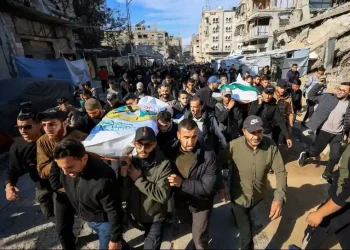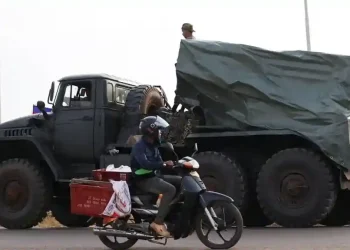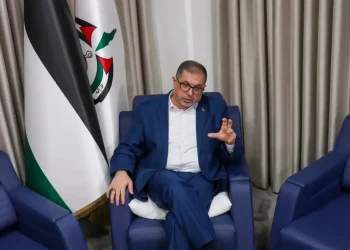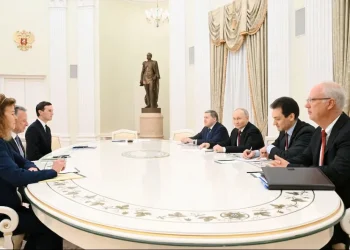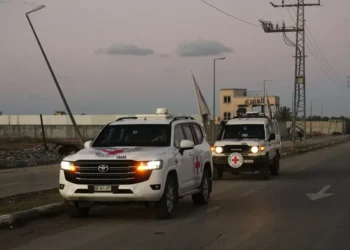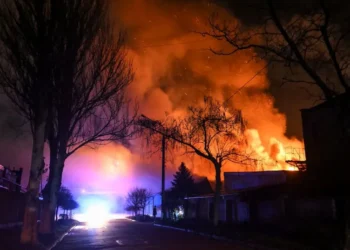Syria at a Crossroads: A Week of Violence and Diplomacy
Syria stands at a pivotal moment as recent events highlight both the dangers and potential for unity under interim President Ahmad al-Sharaa. After more than a decade of civil war and the fall of former ruler Bashar al-Assad, the new leadership faces the daunting task of unifying a fractured nation. Over the past week, deadly sectarian violence threatened stability, but a landmark diplomatic agreement has sparked hope for national reconciliation.
Tensions flared last Thursday as clashes between government security forces and Assad loyalists spiraled into violent sectarian revenge attacks. Hundreds of civilians, predominantly Alawites—a minority sect linked to Assad—were killed.
By Monday, government reinforcements had restored order, and calm seemed to return. That same day, al-Sharaa signed a historic agreement integrating Kurdish-led forces in northeastern Syria into the national army—a major step toward unifying the country’s fragmented factions.
Despite the agreement, Syria’s national army remains far from cohesive. Most armed factions that fought to overthrow Assad pledged to merge into a single military force, but in practice, they continue to operate under their own leadership structures.
“This is not yet a professional army,” said Issam al-Reis, a military adviser with the Syrian research group Etana. “There are plans to merge under the Ministry of Defense, but on the ground, every group remains under its own command.”
The challenge is further compounded by thousands of unemployed former Assad-era soldiers, making them vulnerable to recruitment by local and foreign groups seeking to destabilize Syria.
Amidst the turmoil, al-Sharaa’s government struck a significant deal with the Kurdish-led Syrian Democratic Forces (SDF). The agreement places border crossings, airports, and oil fields in the northeast under central government control by the end of the year. However, unresolved issues, including the management of prisons holding captured Islamic State fighters, remain critical points of discussion.
The timing of the deal suggests it was politically motivated. “Al-Sharaa needed a diplomatic win after the weekend’s violence,” said Syrian researcher Ahmed Aba Zeid. “The SDF saw an opportunity to gain more leverage by supporting him at this moment.”
The deal was facilitated by key international players, including the United States and Turkey. Washington, a longtime supporter of the SDF in the fight against ISIS, reportedly encouraged the agreement. Meanwhile, Turkey, which has historically opposed Kurdish autonomy, appears to have accepted the deal under the condition that SDF expels foreign fighters linked to the Kurdistan Workers’ Party (PKK), a Kurdish separatist group.
“This wouldn’t have happened without Turkey’s approval,” a senior U.S. defense official noted. Turkish President Recep Tayyip Erdogan confirmed this sentiment, stating, “The full implementation of this agreement will ensure Syria’s security and peace.”
Despite this diplomatic breakthrough, Syria still faces numerous hurdles:
- Israeli Territorial Claims: Israel has seized portions of southern Syria, citing border security concerns.
- Economic Struggles: U.S. and Western sanctions remain in place, hindering economic recovery and reconstruction efforts.
- Ethnic and Sectarian Divides: Alawite and other minority communities remain skeptical of the new Islamist-led government, especially after recent attacks.
The success of Syria’s transition depends on its leaders’ ability to unite the country, curb violence, and reassure all ethnic and religious groups of their security.
“The government must take strong action against those responsible for civilian attacks,” said al-Reis. “Only then can Syria move toward lasting peace.”
As Syria navigates this critical period, the world watches closely to see whether this week’s violence marks a turning point toward stability—or a warning of deeper divisions ahead.
This article was rewritten by JournosNews.com based on verified reporting from trusted sources. The content has been independently reviewed, fact-checked, and edited for accuracy, neutrality, tone, and global readability in accordance with Google News and AdSense standards.
All opinions, quotes, or statements from contributors, experts, or sourced organizations do not necessarily reflect the views of JournosNews.com. JournosNews.com maintains full editorial independence from any external funders, sponsors, or organizations.
Stay informed with JournosNews.com — your trusted source for verified global reporting and in-depth analysis. Follow us on Google News, BlueSky, and X for real-time updates.


